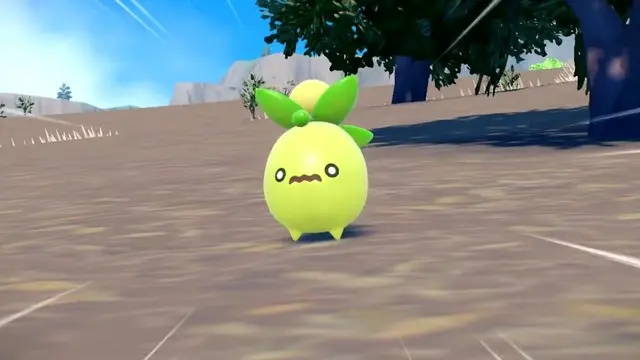When I was a kid, my cousins had a Game Boy. The handheld seemed like magic to me — a private little window into another world decades before the term “smartphone” even existed. I later got my own Game Boy at a yard sale, but I never owned a copy of the game I always clamored to play when I visited my cousins — Super Mario Land 2. The original Super Mario Land for Game Boy was a fun novelty at the time of its release in 1989, but it was essentially a stripped-down version of Super Mario Bros. It doesn’t look great, the semi-realistic settings are kind of odd, and the shooter stages feel kind of tacked on, but it was a pretty good approximation of a Mario game on a portable system. Super Mario Land 2, though, just completely blows it out of the water.
A direct followup to the first Mario Land, Super Mario Land 2: Six Golden Coins finds Mario returning from Sarasaland, where he’s just rescued Princess Daisy. He’s ready to kick up his feet and take a much-needed break, but he finds that a sinister fellow named Wario has taken his absence as an opportunity to move into his castle. (Since when did he have a castle at all?) So, Mario has to fight the residents of Mario Land (not the Mushroom Kingdom?), recover six coins that are the source of Wario’s power, and kick the imposter out of his house.
Just like in Super Mario Land, there’s no Bowser here, no Princess Peach. Many of the traditional enemies and power-ups are missing, too. In their place are a range of imaginative levels and characters set amid a sprawling map that the player can freely traverse in whatever order they please. Mario grows rabbit ears that let him float by eating a carrot. He enters a giant Mario-shaped robot through the foot, making his way up the mechanical workings of its body. He plays crane games and gambles for power-ups.
Much of the game’s different feel from other Mario titles can be attributed to its authorship. Like its predecessor, Super Mario Land 2 was developed by Nintendo’s R&D1 division, led at the time by Gunpei Yokoi, the designer of the Game Boy and creator of the Game & Watch. It was directed by Hiroji Kiyotake, who was also the initial designer of the Wario character. As a result, the game looks and plays much differently than the titles developed by Mario’s creator (and Yokoi’s protege) Shigeru Miyamoto. The strange qualities of the game extend to its advertising, in which Wario exhorts the viewer to obey him and not Mario. It’s a reference to Wario apparently brainwashing the residents of Mario Land into treating him as the legitimate ruler of the kingdom, but it just reads as somebody’s weird sex thing now.
Today, Super Mario Land 2 isn’t just an interesting historical oddity — it’s still a blast. I never finished it back on my cousins’ Game Boy, but I finally did the other day on my Anbernic handheld, and it holds up as a Mario game that achieves the same level of quality as the NES and SNES titles while putting some fun spins on the formula. (Along with The Legend of Zelda: Link’s Awakening, it’s also a fascinating look at what Nintendo designers could get up to in the 90s when Miyamoto took a more hands-off approach.) Unfortunately, until Nintendo decides to offer a Game Boy library on the Switch, your only options for playing it today are the original cartridge, downloading it on a 3DS, or emulation.


